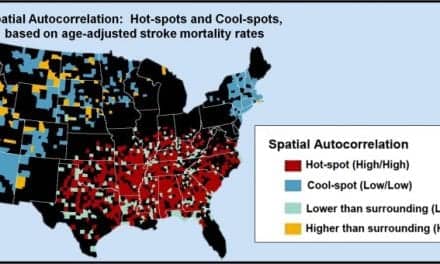A University of Alberta researcher has found a treatment that increases the speed of nerve regeneration by three to five times, leading to much better outcomes for trauma surgery patients. The study is published in Annals of Neurology.
In peripheral nerve injury, which occurs with some trauma patients, the slow nature of nerve regeneration means that often muscles atrophy before the nerve has a chance to grow and reconnect.
“We use the term ‘time is muscle.’ If that regrowing nerve can’t get to the muscle fast enough, you’re not going to get a functional repair.”
— Christine Webber, associate professor in the U of A’s anatomy division and a member of the Neuroscience and Mental Health Institute
Webber and her collaborators–plastic surgery resident and former PhD student Jenna-Lynn Senger, and physical rehabilitation clinician Ming Chan–have examined CES in many previous publications. The process involves electrically stimulating a nerve at the fairly low rate of 20 hertz for one hour. A week after the CES treatment, nerve surgery is done, and the nerves grow back three to five times faster than if the surgery was done without CES, a media release from the University of Alberta Faculty of Medicine & Dentistry explains.
In their latest work on CES, Webber’s group examined animal models with foot drop. Previously, the only treatments for foot drop were orthotics that affect a patient’s gait, or surgery.
Webber’s lab performed a distal nerve transfer in which a nerve near the damaged one was electrically stimulated, then a week later a branch of the nerve was cut and placed near the target of the non-functioning nerve. The newly transferred nerve would then be primed and ready to regrow, at a much faster rate, into the muscles that lift the foot.
CES can be a tool for faster nerve regrowth in any portion of the peripheral nervous system, the release continues. Ming Chan, also a Neuroscience and Mental Health Institute member, has started a clinical trial in which CES is used before a nerve repair of the carpal tunnel.
Webber hopes to bring the information gained from examining nerve transfers in the leg–a difficult body part for nerve regrowth due to the vast area the nerve must cover–to clinical trials within the next year or two, per the release.
[Source(s): University of Alberta Faculty of Medicine & Dentistry, News-Medical Life Sciences]
Related Content:
Nerve Stimulation Via TENS Offers Relief for Women with Fibromyalgia
Mice Study Demonstrates the Nerve-Signaling Pathway Critical to Healing Fractures
Controlling Foot Drop





